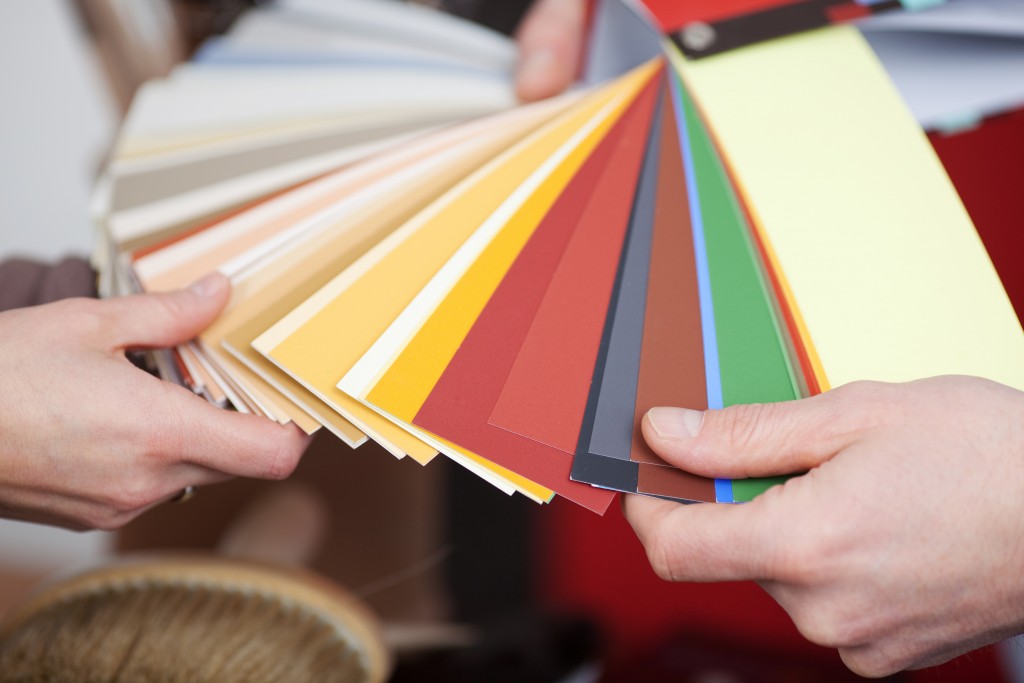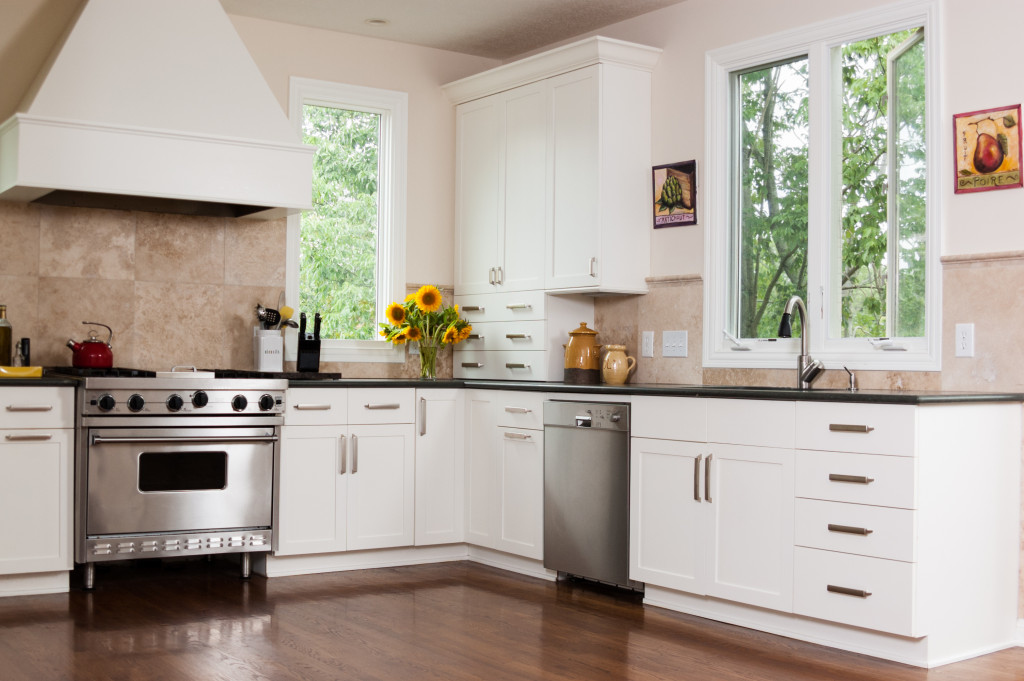• Choose quality fixtures, appliances, and finishes for lasting value that adds aesthetic and practical value to your home.
• Consider an open floor plan to make the space feel larger and more inviting and to give you more flexibility.
• Add personal touches to make your home feel like a reflection of you and your family.
• Seek professional advice for home DIY projects requiring expertise and building code knowledge.
Building a home for your family is an exciting but daunting task. With so many decisions to be made, it can be hard to know where to start. The good news is that you have the power to create a high-value home that will bring your family joy now and in the future. People often plan their homes with the idea that they can add value to them in various ways.
Here are some tips on how to do just that.
1. Choose Quality Over Quantity
When deciding about fixtures, appliances, and finishes for your new home, choosing quality over quantity is essential. This doesn’t mean you have to buy the most expensive products available; it simply means selecting reliable and well-made items. Investing in quality now will pay off in the long run by providing durability and reducing long-term maintenance costs. Plus, high-quality products tend to add more value to your home if you decide to sell in the future. Consider high-quality items for the following areas in your home:
a. Bathrooms fixtures
You want to select fixtures that are not only functional but also attractive. Look for ones with a timeless design so they will stay in style and won’t need to be changed anytime soon. For example, a stainless steel faucet with a sleek design is timeless and adds an air of elegance to the bathroom. This type of fixture can also increase the value of your home.
b. Kitchen features
When deciding on finishes for your kitchen, consider how they will add to the overall aesthetic. Stainless steel appliances are a great option because they match any color scheme, last a long time, and give your kitchen a modern look. High-quality kitchen countertop replacements can also add value to your home by providing both aesthetic and functional value. Choose materials that are durable and easy to clean, as well as ones that look good.
c. Flooring
Choosing the right flooring is one of the most important decisions you will make when creating a home. Durable materials like hardwood and tile look great and add value to your home. Not only do they stand up to wear and tear, but they also increase the property’s resale value.

d. Windows and doors
Investing in well-made windows and doors is also important. Look for ones that are energy-efficient, secure, and attractive. This will help keep your energy bills down, add value to your home, and make it more inviting.
2. Make Smart Decisions About Space
When designing your floor plan, it’s essential to think about how your family will use each space. Do you need a home office or craft room? Should bedrooms be grouped or spread out? Making smart choices about space can help create a comfortable environment for everyone while adding long-term value to your home.
For instance, an open floor plan can make rooms feel larger and more inviting without taking up additional square footage. Many people also prefer homes with multiple living areas to entertain guests or create separate spaces for children, family members, and hobbies. If you plan to sell your home, these flexible spaces can be especially attractive to potential buyers.

3. Add Personal Touches
Once you have the basics in place, it’s time to add your personal touches. Consider adding decorative elements that reflect your family’s style and personality. A bright mural, area rugs, and decorative shelving can all make your home feel more like a reflection of you. These details will make your home more inviting and can even add value to potential buyers down the line. But most importantly, personal touches will make your home feel like a place of love and comfort for you and your family.
4. Get Professional Advice
If this is your first time building a house, enlisting professional advice is invaluable. A qualified designer or architect can help you create a customized plan that meets your family’s needs while ensuring everything meets local building codes and zoning regulations. An experienced contractor can provide valuable insight into which projects are best suited for DIY and which require professional help—saving you time and money in the long run.
Building a high-value home doesn’t have to be overwhelming—it just takes some planning! By choosing quality products, making smart decisions about space, adding personal touches, and getting professional help, you can create a home that will bring your family joy for years to come. With the right strategy, you can create a beautiful and beneficial home in the long run.






